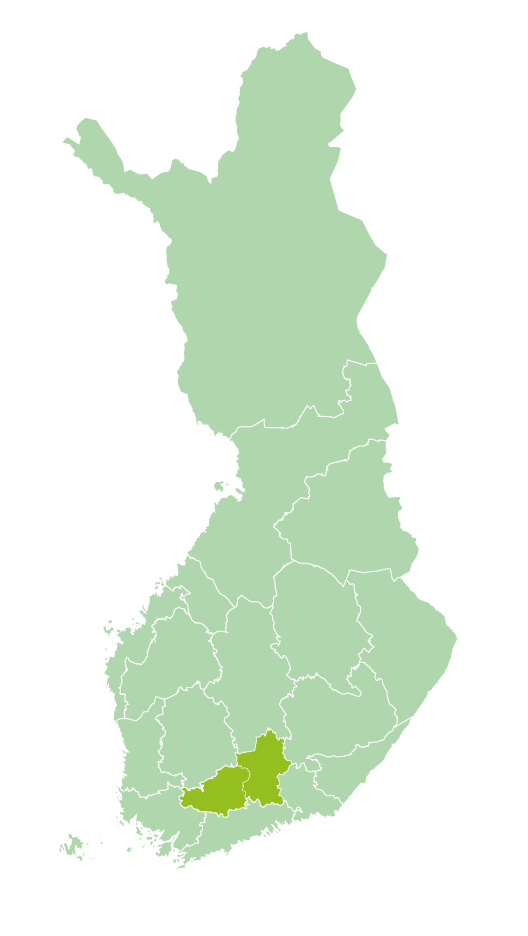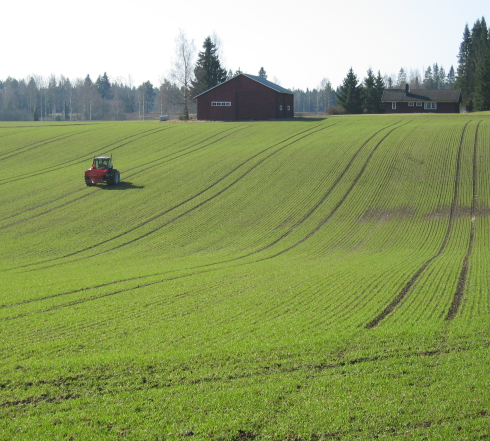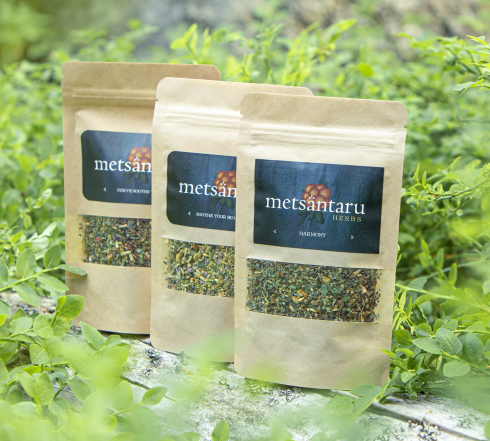| PILLAR | STRENGTHS | WEAKNESSES | OPPORTUNITIES | THREATS |
| 1. Availability of public and other services | S1.01 Possibilities to education (higher and professional education, lifelong learning) | W1.01 Public transportation | O1.01 Short distance to Russia and St. Petersburg by rail transport from Päijät-Häme (or O5.01?) | T1.01 Weakening of public finance and its consequences |
| S1.02 Internet connections are good | W1.02 Mobility possibilities between rural and urban areas | O1.02 There are a lot of different instruments for public funding (EU-level, national, regional) | T1.02 The amount and complexity with some public services' bureaucracy prevent from starting entrepreneurship’s career. |
| S.1.03 Teleworking opportunities are good | W1.03 Broadband networks lacking in some rural areas | O1.03 The policy, strategy and practices of the public procurement enables and invites also the SMEs to participate the bids. | |
| S1.04 Good access to online public services (e-healthcare, e-education, e-daycare) | W1.04 Low level of education in Päijät-Häme (4th lowest in Finland) | O1.04 There are RDI know-how (O5.03) but lack of RDI facilities. Is this a possibility to develop new public-private service function? | |
| S1.05 The public entrepreneurship advisory services support and guide the beginning entrepreneurs | W1.05 The competition on public funding for the start-ups and SMEs is hard | | |
| 2. Recreation / social activities | S2.01 Good selection of recreational activities | W2.01 Not enough recreational activities for young people | | |
| S2.02 Extra curricular activities for children are accessible in the area. | W2.02 Lack of public and private services in rural areas | | |
| S2.03 Lot of summer cottages and summer residents in area | | | |
| S2.04 Four sporting centres in Päijät-Häme and their possibilities to wellness business | | | |
| 3. Living condition, quality of life and standard of living | S3.01 Rural areas are considered as safe and comfortable places to live | | O3.01 Growing trend of urban rurality (“citymaalaisuus”) | |
| S3.02 Housing opportunities are considered good | | O3.02 Multi-locality in living and working, And functional countryside for permanent living, leisure as an environment for housing and business | |
| S3.03 People are proud living on the area | | O3.03 The provision of residential and tourist areas by the water | |
| S3.04 Dense urban network in the Häme region. | | | |
| S3.05 The high standard of living increases the demand on tourism-, wellbeing and healthcare services. | | | |
| 4. Demographic & human capital | S4.01 A lot of active village associations and other associations to address the social needs of the region and create opportunities. | W4.01 Not enough young people living in rural areas | O4.01 An opportunity to build networks and get peer support | T4.01 The healthcare and well-being service business has difficulties to find employees. |
| | W4.02 Not enough babies born in the area (low birth rate) | O4.02 The aging people require and use the healthcare and well-being services. It provides the opportunity for business | |
| | W4.03 Not enough working people to support the dependent population (i.e. children, elderly). | | |
| | W4.04 Closed community, difficult to get to know people, difficult to become a part of the community | | |
| 5. Business, economy & innovation | S5.01 Häme region offers good opportunities for start-ups and creating new businesses. | W5.01 More incentive schemes (e.g. taxation schemes) are needed to attract new businesses to area. | O5.01 Reorganization of public services (opportunity to business) | T5.01 Decrease of milk and meat production |
| S5.02 There are sources for financing innovative/new rural activities | W5.02 There are not enough possibilities for employment | O5.02 Digitalization e.g. in marketing and selling | T5.02 Labour shortage in some businesses |
| S5.03 Versatile business; strong sectors in food processing, renewable energy entrepreneurship/environmental business, tourism, wellness, horse economy, service business, contractors and wood processing, in area | W5.03 Entrepreneurs have no willingness letting to grow their business | O5.03 High RDI-knowledge and its opportunities to companies | T5.03 Aging of entrepreuneurs |
| S5.04 Good land for farming (The agricultural sector of Kanta-Häme is characterised by extensive crop cultivation. The arable land used for cultivation in the province is about 104,000 ha, which is about 18% of the total area of the province4) | W5.04 Low investing rates to RDI | O5.04 Utilising wellness and health services and know-how as export products | |
| S5.05 Good location and access to Finland´s biggest cities | W5.05 There is a lack of entrepreneurship know-how and skills | O5.05 Functional food product development | |
| S5.06 The entrepreneurs know and use the public entrepreneurship services in order to develop their business | W5.06 The access on additional funding (support, not loan) - ref. S5.02 | O5.06 Training and research in water technology and know-how and export | |
| | W5.07 The bureaucracy in entrepreneurship and providing employment is heavy (tax, public funding, employees, insurances, health care) | O5.07 The joint ventures or networks of SMEs enable participation and provide resources to participate bid competitions – ref. W5.11 | |
| | W5.08 SMEs are too small (=lack of resources) to participate large public procurement bid competitions. The bidding requires a lot of working hours. | O5.08 There are RDI know-how (O5.03) but lack of RDI facilities. Is this a business option? | |
| | W5.09 Lack of research- and product development facilities i.e. laboratories - ref. O5.03 | | |
| | W5.10 The entrepreneurship is not a realistic, possible nor inspiring option (human aspect) | | |
| | W5.11 The lack of relevant and useful networks of entrepreneurs | | |
| S5.07 The migrants' interest to become entrepreneurs was high. Migrants were particularly interested in marketing and selling. They felt that it was their strength. | W5.12 Migrants had doubt about their entrepreneurship competences Ref. W5.05 | O5.09 Migrants had business ideas. | |
| 6. Social and cultural aspects of rural areas | S6.01 Women and men equally participate in decision making | W6.01 It may be difficult for newcomers to adapt the community | | |
| S6.02 Women and men have equal possibilities to work and do business | W6.02 It may be difficult for migrants to adapt the community | | |
| S6.03 Rich and versatile rural culture | W6.03 Social exclusion of young people | | |
| 7. Environment & Biodiversity | S7.01 Beautiful, clean nature and diverse landscapes | | O7.01/O5? Growing demand of renewable energy sources3 | |
| S7.02 Environment and nature are important to people | | O7.02 The need to protect environment and nature creates opportunities for business in rural e.g. circular economy | |
| S7.03 Clean water and ground water resurces | | | |
| S7.04 Forest areas and ecosystem services | | | |
| S7.05 Three National parks and one government owned hiking area locate in Häme region | | | |
| S7.06 The region has attractions for tourism- and well-being business. | | | |



